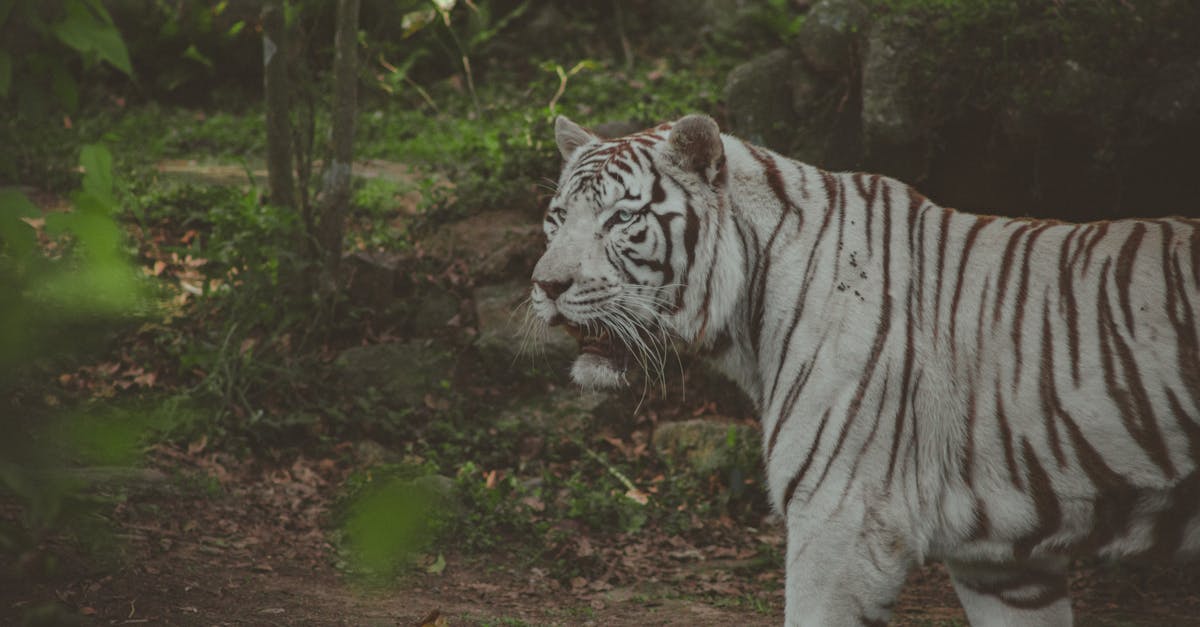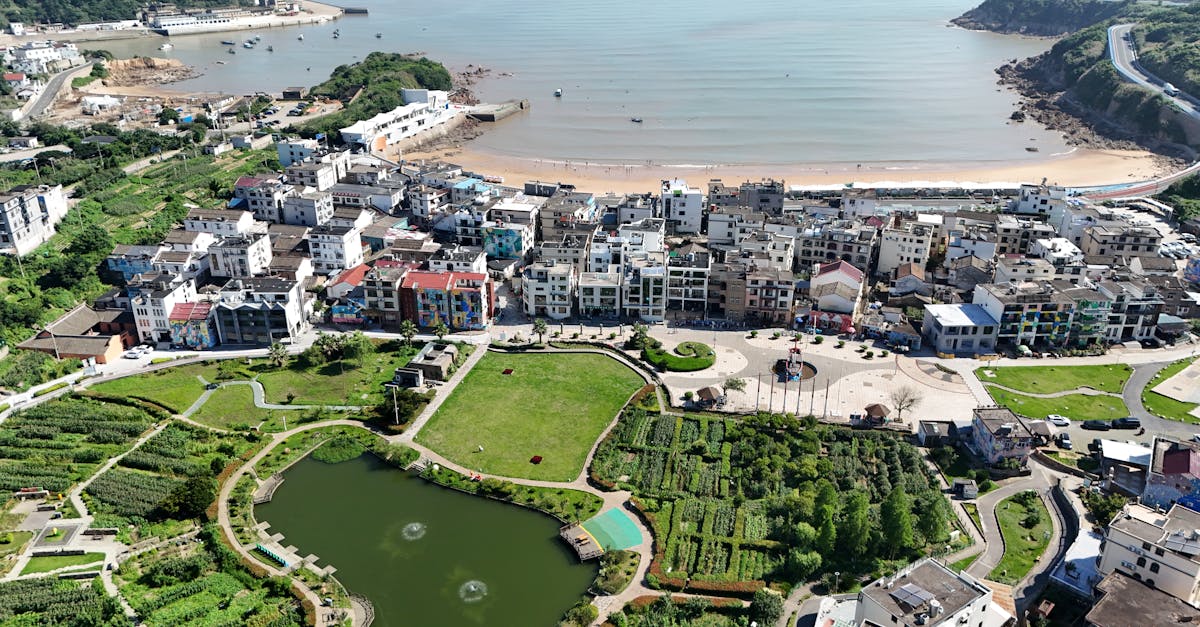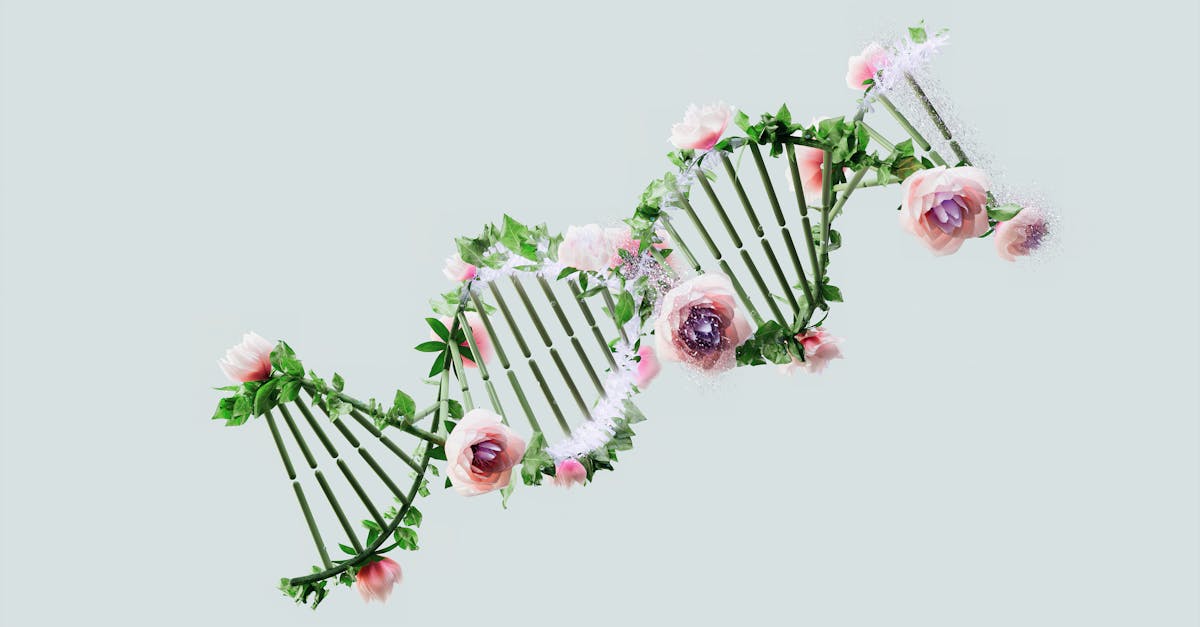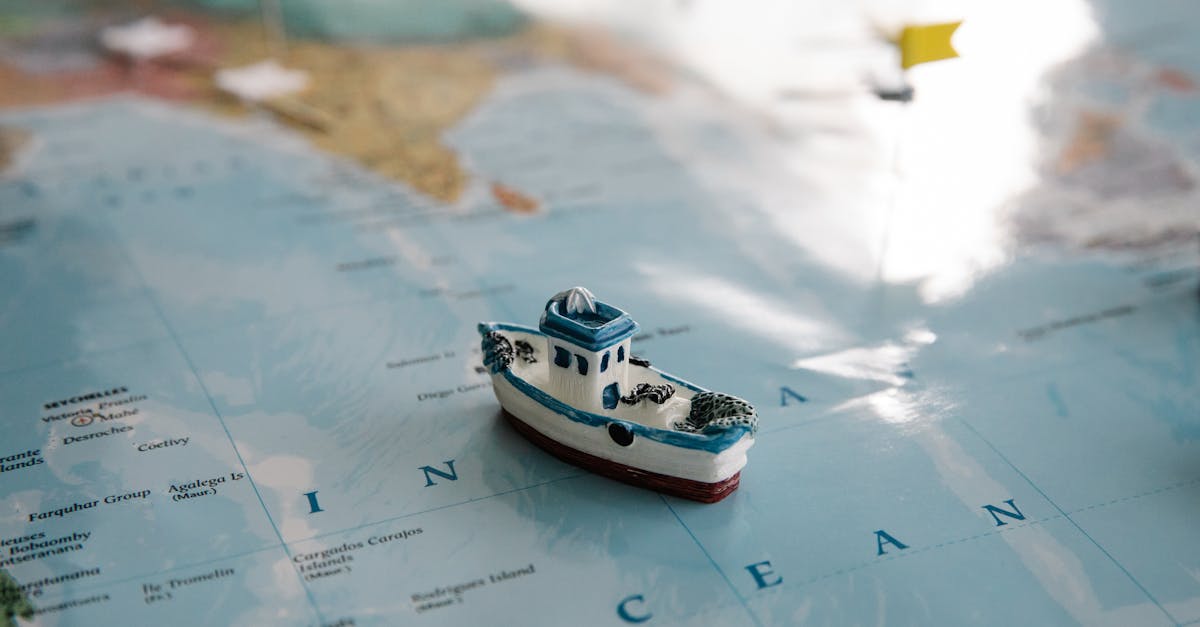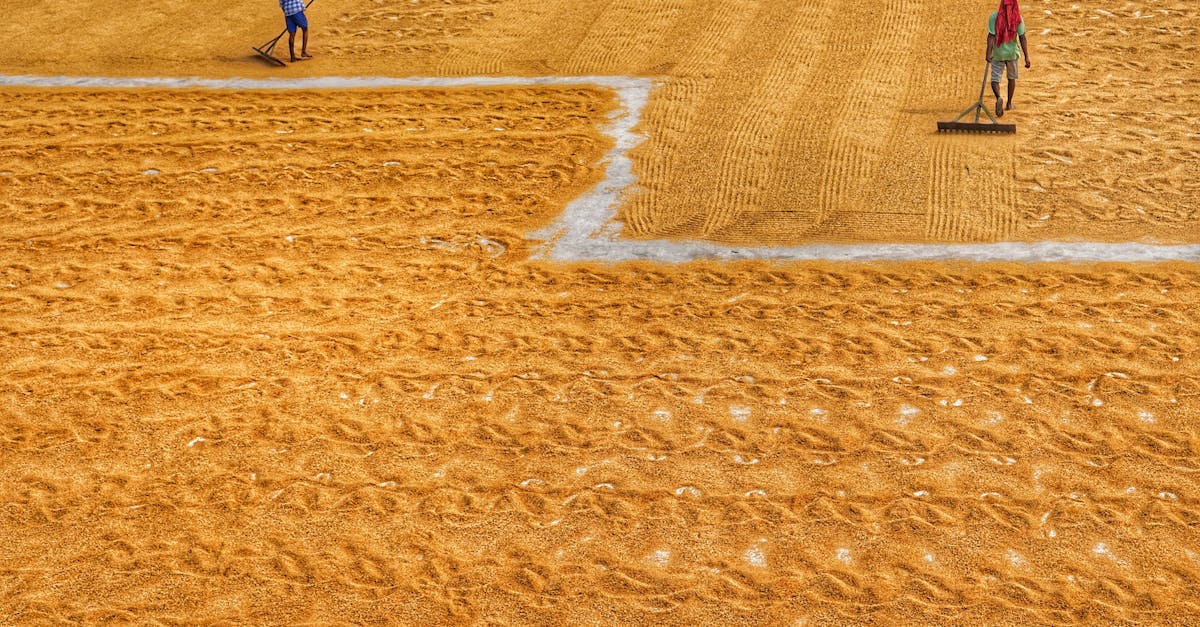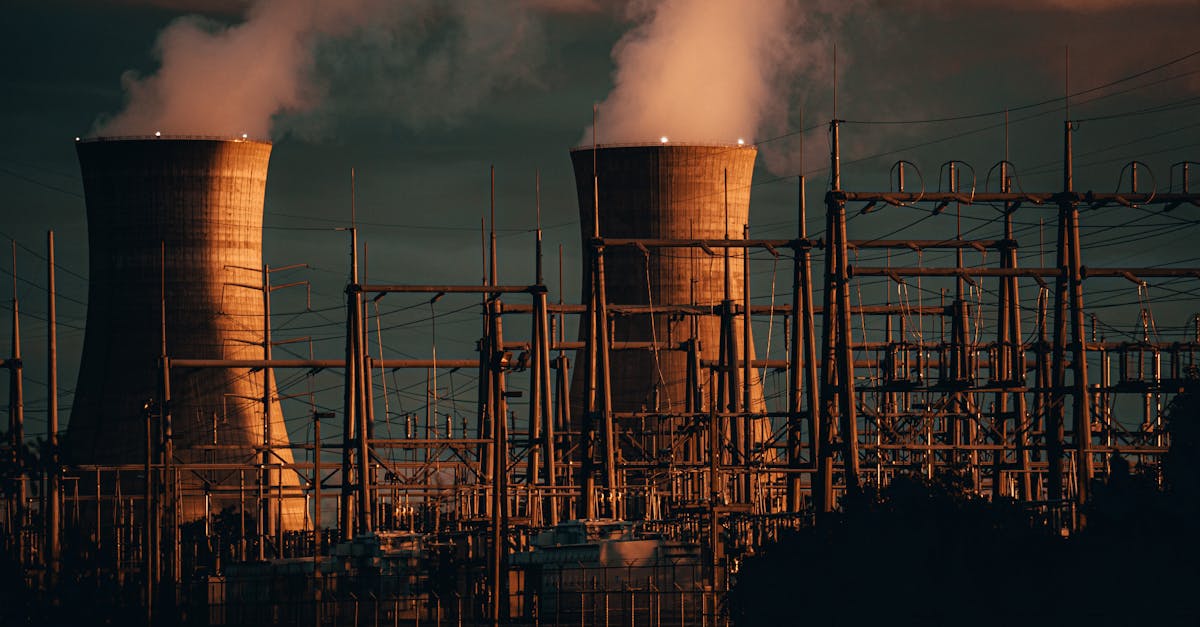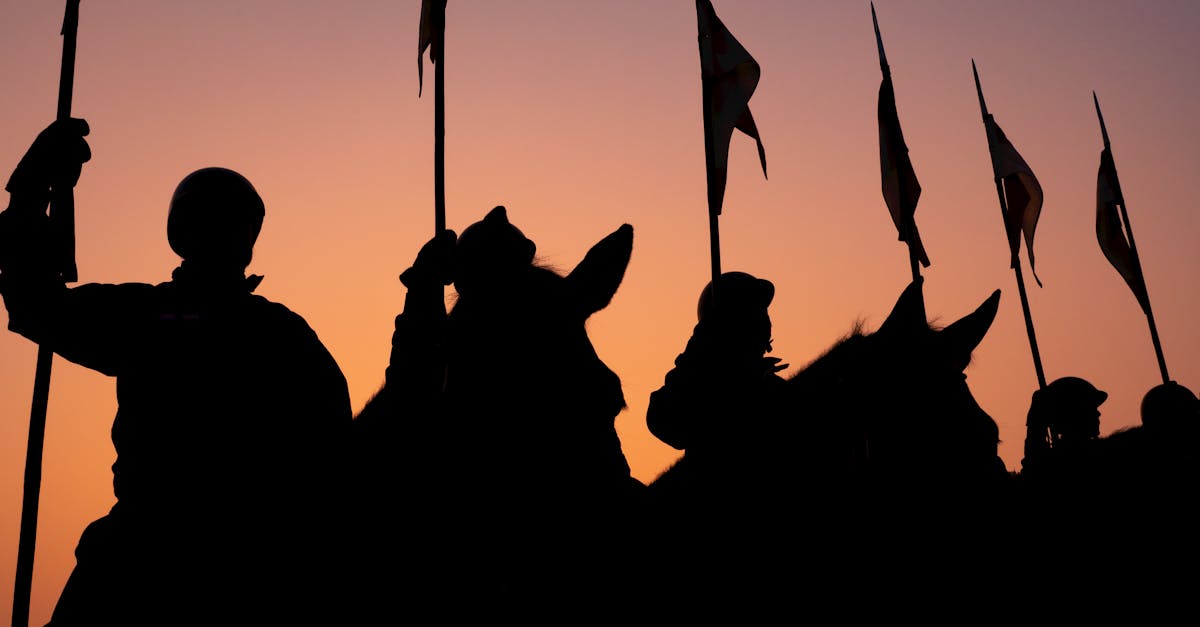India’s Deep Sea
-
India’s Recent Advancement: India completed wet testing of the Matsya-6000 submersible, capable of diving to 6 km, marking a significant step in its deep-sea capabilities.
-
Economic Potential: The ocean holds vast resources, including minerals, hydrocarbons, and biodiversity, which are crucial for India’s energy security, blue economy, and strategic resources like rare earth elements.
-
Strategic and Security Imperatives: Developing Underwater Domain Awareness (UDA) is critical to monitor activities, secure maritime interests, and counter potential threats like undersea cable disruptions.
-
Undersea Infrastructure: Laying and maintaining undersea cables is essential for digital connectivity and economic transactions, as they carry most of the global internet traffic. Infrastructure for resource exploitation, like pipelines and mining equipment, is also needed.
-
Challenges: Deep-sea exploration faces challenges like extreme pressure, the need for advanced technology, and high costs. Dependence on foreign technology and the limited human capital and research base are hindrances.
-
Way Forward: India needs institutional and policy reforms, including upgrading the Department of Ocean Development, establishing a dedicated policy framework, and a National Deep-Sea Research Institute.
-
Technological Advancements: Developing advanced hydrographic research tools, deep-sea sensors, and security systems is vital.
-
Strategic Collaboration and Investments: Public-Private Partnerships (PPP) and international cooperation are essential for technology exchange and overall growth.
-
Need for Investment & Expertise: Developing deep sea tech requires financial strength, academic capabilities, and highly skilled human capital.
-
Dual-Use Technologies: Deep-sea technologies have potential military applications that need consideration.
USCIRF
-
USCIRF’s Recommendation: The US Commission on International Religious Freedom (USCIRF) recommended targeted sanctions against India’s R&AW (Research and Analysis Wing) due to alleged involvement in assassination plots targeting Sikh separatists.
-
USCIRF’s Role: USCIRF is a U.S. federal government commission established by the International Religious Freedom Act of 1998. Its primary function is to review international religious freedom violations and make policy recommendations.
-
Monitoring and Reporting: USCIRF uses international standards to monitor religious freedom globally. It issues an annual report that assesses the U.S. government’s implementation of the IRFA, identifies “Countries of Particular Concern” (CPC) with severe religious freedom violations, documents conditions, and offers policy recommendations.
-
Concerns about India: USCIRF’s recent report alleges deteriorating treatment of minorities in India, echoing similar concerns raised in US State Department reports on human rights and religious freedom.
-
Basis of Work: Article 18 of the Universal Declaration of Human Rights affirms everyone’s right to freedom of thought, conscience, and religion.
-
Composition: USCIRF’s nine commissioners are appointed by the President or Congressional leaders of each political party, supported by a nonpartisan staff.
Judicial Appointment Reform
- Judicial Appointment Reform Needed: Recent events, like cash discoveries at a Delhi High Court judge’s residence, highlight the need for reforms in the judicial appointment system.
- Collegium System Flaws: The current collegium system, which relies on Supreme Court judges, lacks transparency, accountability, and defined criteria for appointments, risking favoritism and nepotism (“Uncle Judge Syndrome”).
- Collegium System Weaknesses: Lack of executive involvement, opaque decision-making, and potential for delays in appointments are significant concerns. Diversity in appointments, particularly for women and marginalized communities, is also insufficient.
- National Judicial Appointments Commission (NJAC): Proposed as a replacement for the collegium, NJAC aimed for a more transparent, accountable system, involving the executive (Law Minister) and civil society members.
- NJAC’s Fate: The NJAC was struck down by the Supreme Court in 2015 due to concerns about diluting judicial independence and potentially interfering with its basic structure, specifically concerning the veto power given to non-judicial members.
- All India Judicial Service (AIJS): Another proposed reform, AIJS, seeks a standardized recruitment process for district judges to enhance efficiency and quality in the lower judiciary.
- Systemic Issues: The existing system of judicial appointment struggles with balancing executive input with judicial independence, potentially hindering the principle of checks and balances.
- Historical Context: The executive’s involvement in judicial appointments has been a recurring issue, from the Emergency era to more recent debates over NJAC.
- Supreme Court’s Role: The Supreme Court’s evolution of the collegium system was a response to past executive interventions and aimed to uphold judicial independence.
Channa nachi: The Dancer
- Discovery: A new species of snakehead fish, named Channa nachi, has been discovered.
- Location: The fish was found in a shallow, slow-flowing stream near Chokpot village, Meghalaya, that feeds into the Simsang River.
- Habitat: Channa nachi thrives in streams with a substrate of sand, leaf litter, and pebbles. This environment supports lesser-known aquatic species.
- Distinctive Appearance: It is a medium-sized snakehead species with a striking bicolor body, featuring a creamish-yellow to greyish-blue coloration, pale-blue marbling on its ventral area, and 10–12 pale brown saddles on the dorsal half, lacking transverse markings on the caudal fin.
Kirinyaga
-
Mount Kenya’s Glaciers Melting: Climate change is rapidly causing glaciers on Mount Kenya to shrink, with predictions that it could become ice-free by 2030.
-
Significant Ice Loss: The Lewis Glacier has lost a substantial portion of its volume; a 2011 study showed a 90% reduction between 1934 and 2010, and a 2023 study found only 4.2% of the ice observed in 1900 remains.
-
Location and Significance: Located in central Kenya, just south of the Equator. It is a UNESCO World Heritage Site, recognized for its ecological and cultural importance.
-
Mount Kenya’s Elevation and Type: Its highest peak is Batian at 5,199 meters. It is an extinct stratovolcano.
-
Threat to RTI Act: A proposed change to the Right to Information (RTI) Act, through Section 44(3) of the Digital Personal Data Protection (DPDP) Act, is facing opposition.
-
RTI Act Changes: The proposed change aims to narrow the scope of information disclosure under the RTI Act by broadly exempting “personal information.”
-
Concerns over Impact: Activists fear that the change will reduce public access to information, potentially hindering transparency and accountability. They believe that personal information of public servants, relevant to public interest, could be withheld.

Gaia Mission
-
GAIA Mission Shutdown: The European Space Agency (ESA) has shut down its Gaia space observatory mission, which was “successfully passivated.”
-
Mission Goal: Gaia’s primary objective was to create the most precise 3D map of the Milky Way, tracking over 1.8 billion stars.
-
Location: Gaia was positioned at the Lagrange point 2 (L2), allowing it to view the cosmos without interference.
-
Key Contributions:
- Created a 3D map of the galaxy, revealing its changing nature.
- Helped scientists understand the shape of milky way galaxy with a central bar and spiral arms.
- Showed the galaxy’s disc is warped and wobbles.
- Discovered a new kind of black hole, detectable by their gravitational effects.
- Detected and projected the orbits of over 150,000 asteroids, including those that could threaten Earth.
-
Hayao Miyazaki’s AI Reservations: The article included strong reservations about using AI to create art, calling it an “insult to life itself”.
Gaia Mission
-
Mission Overview: The Gaia mission, launched by ESA in 2013, was designed to create the most precise 3D map of the Milky Way galaxy.
-
Mission Goal: The primary objective was to map the positions, distances, and movements of over a billion stars, providing insights into the galaxy’s structure, formation, and evolution.
-
Location: Gaia operated from Lagrange Point 2 (L2), 1.5 million km from Earth, offering an unobstructed view of the cosmos.
-
Instruments: The spacecraft was equipped with twin telescopes, a digital camera with nearly a billion pixels, and three key instruments (astrometer, photometer, and spectrometer) to measure celestial objects’ properties.
-
Key Findings: Gaia’s data revealed the galaxy’s shape (including a central bar, spiral arms, and a warped disk), potentially caused by past galactic collisions. It also identified new black holes, including one close to Earth, detected through their gravitational effects. Additionally, Gaia tracked over 150,000 asteroids, assessing their orbits and potential threats.
-
Recent Status: On March 27, 2025, Gaia was passivated (drained of energy) and placed in a safe retirement orbit around the Sun.
-
Legacy: Despite its retirement, substantial Gaia data is still being processed, with upcoming releases of further discoveries. The mission mapped approximately 2% of the galaxy’s estimated 100 billion stars.
Debrigarh Sanctuary
-
Indian Bison Fest: Debrigarh Wildlife Sanctuary hosted the first-ever ‘Indian Bison Fest’ to raise awareness about bison conservation and the sanctuary’s ecological importance.
-
Stable Bison Population: A recent census revealed a stable bison population of 669 individuals within the sanctuary, with 30% juveniles, indicating healthy breeding. More calves were spotted recently which is an indicator of healthy reproduction.
-
Location: Situated in the Bargarh district of Odisha, near the Hirakud dam (Mahanadi River).
-
Historical Significance: The sanctuary holds historical importance as the base of freedom fighter Veer Surendra Sai during his rebellion against the British was located within it.
-
Biodiversity: It is home to a diverse range of wildlife including tigers, sloth bears, leopards, hyenas, spotted deer, antelopes, sambar, gaur, nilgai, and bison.
-
Gaur/Indian Bison Information: Indian Bisons are one of the largest extant bovines, with 85% of the world’s population residing in India and are the State Animal of Goa and Bihar. They are classified as Vulnerable by IUCN and are protected under Schedule I of the Wild Life Protection Act, 1972.
-
Purpose of the Festival: The festival aimed to involve local communities (68 eco-development committees) and educational institutions (37 schools) dependent on the sanctuary for their livelihood and to establish Debrigarh as a potential breeding habitat.
-
Declaration: It was declared a wildlife sanctuary in 1985.
-
Vegetation: The sanctuary features dry deciduous mixed forests, with major trees like Sal, Asana, Bija, and Aanla.
Tiger’s Importance
-
Poaching Crisis: A sophisticated poaching network has killed “100 to any number” of tigers since 2022, highlighting the urgency of conservation efforts.
-
Ecological Role: Tigers are apex predators and an umbrella species, critical for maintaining ecosystem balance. Their presence regulates herbivore populations, preventing overgrazing and habitat degradation. Tiger landscapes provide freshwater for 800 million people in Asia.
-
Cultural Significance: Tigers are deeply embedded in Indian culture, appearing in mythology (e.g., Goddess Durga’s mount), ancient seals (e.g., Pashupati seal), rock paintings, and folk traditions (e.g., Pulikali dance).
-
Economic Contribution: Tiger reserves attract eco-tourism, generating local employment and revenue. They protect agricultural lands, fish nurseries, and water resources. Conservation projects offer alternative livelihoods, reducing poaching and deforestation.
-
Tiger Population Status: India has an estimated 3,681 tigers (2022-23 census). Madhya Pradesh has the largest tiger population.
-
Key Government Initiatives:
- Project Tiger (1973): A Centrally Sponsored Scheme to conserve tigers and their habitats.
- National Tiger Conservation Authority (NTCA) (2006): A statutory body overseeing Project Tiger implementation and conducting tiger estimations.
- M-STrIPES: A technology-based surveillance system for monitoring tigers and mitigating human-wildlife conflict.
- Transboundary Conservation: India collaborates with countries like Bangladesh for tiger conservation.
- International Big Cats Alliance (IBCA) (2023): Protects seven big cat species through global cooperation.
Abel Prize
-
Masaki Kashiwara, a Japanese mathematician, won the 2024 Abel Prize, considered the Nobel Prize of mathematics.
-
The Abel Prize recognizes outstanding achievements in mathematics.
-
Established in 2002, it’s awarded by the Norwegian Academy of Science and Letters.
-
The prize is named after Norwegian mathematician Niels Henrik Abel.
-
Indraprastha Apollo Hospital, a joint venture with the Delhi government, faces a Supreme Court case.
-
The hospital is accused of failing to provide free healthcare to a significant portion of EWS patients as per its lease agreement.
-
The Delhi government holds a 26% stake and provided land at a nominal rent.
-
The Supreme Court ordered a joint inspection to check compliance with providing free services to the EWS.
-
The hospital claims that providing free healthcare would significantly impact its profitability and shareholder dividends.
-
The case highlights a long-standing dispute over the hospital’s obligation to provide free services to underprivileged patients.
Meghalaya Rail Woes
- Meghalaya’s rail connectivity projects (Byrnihat-Shillong, Tetelia-Byrnihat, Chandranathpur-Jowai) are facing opposition from pressure groups.
- Opposition stems from concerns about a significant influx of outsiders and potential marginalization of indigenous tribal populations.
- The Khasi Students’ Union (KSU) and Jaintia National Council oppose railways due to the lack of an Inner Line Permit (ILP) regime to regulate outsiders.
- The ILP is a travel document to control the influx into protected areas.
- Meghalaya has only one operational railway station (Mendipathar).
- The state government is being asked to return Rs. 209.37 crore in unused funds for railway projects due to ongoing opposition.
- Rail connectivity is seen as crucial for Meghalaya’s economic viability, potentially lowering transport costs and benefiting local businesses.
- Some representatives from the Garo community advocate for expanding existing rail lines within their region.
Bhaskaracharya Space Institute
-
Agreement between CAG and BISAG-N: The Comptroller and Auditor General (CAG) of India signed an agreement with BISAG-N.
-
Purpose of Agreement: To leverage advanced technologies in geographic information systems and remote sensing.
-
Objective: To enhance audit capabilities using geo-spatial consultancy services and integrate cutting-edge tools, AI, machine learning, and big data analytics.
-
Collaboration Scope: The partnership will develop customised geo-spatial solutions for audit-related projects, integrating geo-spatial tools into audit methodologies. Joint research and case studies related to geo-spatial applications in audit, along with training programs for CAG officials are planned.
-
BISAG-N’s Role: BISAG-N is a scientific society under the Ministry of Electronics & Information Technology (MeitY).
-
BISAG-N’s Core Areas: Satellite communication, geo-informatics, and geo-spatial technology.
-
BISAG-N’s Services: Provides specialized services in Geographic Information Systems (GIS), including database design, map creation, data conversion, software development, and systems integration. It also offers complete GIS solutions.
-
BISAG-N’s Capabilities: Offers GIS/Photogrammetric solutions, including mapping, imaging, and resource management. It provides Remote Sensing solutions for applications like crop monitoring and watershed management.
-
Significance: This partnership aims to strengthen the audit framework, improve financial accountability and governance in India. BISAG-N acts as a national agency using space and geospatial technologies for government planning.

India Takes Flight
-
India’s Aviation Boom: India is projected to be the 3rd largest aviation market by 2030, with 69% of South Asia’s airline traffic. FY25 passenger traffic (domestic & international) reached 196.91 million.
-
Economic Impact: The aviation industry directly employs 369,700 people, contributing USD 5.6 billion to the economy. Including related industries, it supports 7.7 million jobs and 1.5% of India’s GDP.
-
Infrastructure Growth: Operational airports have increased significantly from 74 in 2014 to 157 in 2024, with a target of 350-400 by 2047. 21 greenfield airports are approved, with 11 operational. Aircraft movement has grown by 3.85% CAGR since FY17. New terminals and greenfield airports are developing.
-
Drivers of Growth: A growing middle class has doubled domestic air travel in a decade, reaching 37.6 crore in FY24 with 15% YoY growth. Fleet expansion (IndiGo, Air India orders) is expected to reach 1,100 aircraft by 2027. Tourism, business travel, and government initiatives are also contributing. Significant progress in aviation gender equality is notable, with 15% of Indian pilots being women.
-
Government Initiatives: UDAN (Ude Desh Ka Aam Nagrik) subsidizes fares and develops under-served airports, connecting remote areas. Digi Yatra provides contactless travel. India welcomes 100% FDI in scheduled domestic airlines and offers similar opportunities to NRIs.
-
Challenges: High ATF costs (heavily taxed), exchange rate volatility, sustainability concerns (slow SAF adoption), and regional connectivity issues (under-served Tier-II/III cities) remain. Regulatory complexity and underdeveloped airspace modernization also pose problems.
-
Future Directions: Rationalizing ATF taxation, modernizing airspace, and boosting SAF production (Alcohol-to-Jet) are crucial for long-term growth. Dedicated air cargo hubs under Krishi UDAN 2.0 will further develop the sector.
PSL Guidelines Update
- RBI revised Priority Sector Lending (PSL) guidelines to enhance credit flow to priority sectors and promote inclusive growth.
- Loan limits for education increased from ₹20 lakh to ₹25 lakh per individual.
- Renewable energy loan limits raised from ₹30 crore to ₹35 crore per borrower for projects, while individual household limits remain at ₹10 lakh.
- PSL targets for Urban Cooperative Banks (UCBs) reduced to 60% of Adjusted Net Bank Credit (ANBC) or Credit Equivalent of Off-Balance Sheet Exposure (CEOBE).
- Housing loan limits increased to boost affordable housing in Tier III-VI cities.
- The ‘Weaker Sections’ category expanded to include transgenders.
- PSL is an RBI-mandated requirement for banks to allocate a portion of their loans to key priority sectors.
- Banks failing to meet PSL targets contribute to designated funds at fixed interest rates.
- PSL loan profitability can be low due to lower interest rates and higher default risks.
- Challenges include sectoral imbalances (some sectors underserved), high NPAs, and target-driven approaches rather than outcome-oriented ones.
- Potential solutions include performance-based incentives, risk mitigation schemes, and digital integration to improve borrower profiling.
NATO
-
NATO Clarifies Statement: NATO corrected initial statements made by Secretary-General Mark Rutte, who suggested the four missing U.S. soldiers in Lithuania had died. NATO now emphasizes the “search is ongoing.” This clarification addresses early confusion and inaccurate reports.
-
Incident Details: The soldiers, from the U.S. Army’s 1st Brigade, 3rd Infantry Division, went missing during a training exercise near Pabradė, Lithuania, close to the Belarus border. Their armored vehicle was found submerged.
-
Regional Tensions: Lithuania, a NATO member, shares a border with Belarus, a close ally of Russia. This geographic context is critical because of the ongoing war in Ukraine and heightened tensions. The incident occurs within a strategically sensitive region, intensifying existing concerns.
-
NATO’s Role and Purpose: NATO is a military and political alliance of 32 countries designed for collective defense (Article 5). The incident highlights the importance of NATO’s presence in the Baltic region, especially given Russia’s invasion of Ukraine, and underscores the mutual defense commitment among its members.
Vikramshila’s Rebirth
- Revival of Vikramshila University: Efforts underway to revive ancient center of learning in Bihar, similar to Nalanda University.
- Land Allocation: 202.14 acres of land identified at Antichak village for a Central University.
- ASI Involvement: Archaeological Survey of India (ASI) is working to develop the ancient site for tourism.
- Historical Significance: Vikramshila Mahavihara, founded by King Dharmapala, thrived alongside Nalanda, specializing in Tantric and occult studies.
- Decline: University declined in the 13th century due to factors like rising Hinduism, declining Buddhism and invasions.
- PM Modi’s Statement: Prime Minister Narendra Modi highlighted the revival, emphasizing its importance as a center of knowledge.
- Land Acquisition: Bihar government approved ₹87.99 crore for land acquisition, but some land is occupied.
- Infrastructure Development: Work is underway for improving NH-80 to connect the university to Bhagalpur.
- Ancient Knowledge Exchange: Both universities once exchanged knowledge and teachers.
- Unique Specialisation: Vikramshila was the only university specializing in tantric and occult studies.
- Important Scholars: Produced eminent scholars like Atisa Dipankara, influential in Tibet’s Buddhism.
- Project Details: Central government approved ₹500 crore for the project in 2015.
NAMIS Missile System
-
NAMIS Procurement: The Indian Ministry of Defence has signed a ₹1,801.34 crore contract to procure the tracked version of the Nag Anti-Tank Missile System (NAMIS) for the Indian Army’s mechanised formations.
- Why: This boosts the mechanised infantry’s anti-tank capabilities and enhances operational readiness.
-
Development and Production: NAMIS was developed by Defence Research and Development Laboratory (DRDL), a part of DRDO, and is produced by Bharat Dynamics Limited (BDL).
-
Missile Characteristics: NAMIS is a third-generation “fire-and-forget” anti-tank missile. It uses an Imaging Infrared (IIR) Seeker for target lock-on before launch.
- Why: This allows the missile to be launched and then the operator can move on to other tasks, increasing survivability and efficiency.
-
Target Capabilities: Designed to destroy heavily armored enemy tanks, including those with composite and reactive armor.
- Why: This provides a potent offensive capability against modern tanks.
-
Operational Features: Includes night-strike capability, and the system can operate in Top Attack Mode (attacking from above) and Direct Attack Mode.
- Why: This allows for flexible engagement scenarios in various battlefield conditions.
-
Platform: The tracked NAMIS system is based on a Russian-origin BMP-II Infantry Fighting Vehicle chassis.
- Why: This provides amphibious capabilities for versatile mobility.
-
Helicopter Version: A helicopter-launched version, Helina, has been successfully tested and is designed for use with Rudra and Light Combat Helicopters (LCHs).
- Why: Extends the range and versatility of the Nag missile system.
-
Range: The Nag missile has a range of 4-7 km depending on the launch platform.
Eminent Domain
-
Eminent Domain Defined: The state’s power to acquire private property for public use with fair compensation. It prioritizes public interest over individual property rights.
-
Recent Supreme Court Ruling: The court deemed it fraudulent to use eminent domain to acquire land for public use, only to have the beneficiary of the acquisition return the land to the original owner via a private agreement. This case involved land acquired for a grain market in Delhi.
-
Constitutional Basis: Article 300A guarantees protection against property deprivation without legal authority. The 5th and 6th Schedules address land acquisition in tribal areas.
-
Legal Framework: The now-repealed 1894 Land Acquisition Act, and the current Right to Fair Compensation and Transparency in Land Acquisition, Rehabilitation and Resettlement Act, 2013 (LARR Act), govern land acquisition. LARR Act mandates compensation, rehabilitation, and consent from landowners for certain projects.
-
Key Elements of Eminent Domain: Compulsory acquisition (without owner consent), public purpose (social, economic, or infrastructural goals), and fair compensation are essential.
-
News Significance: The Supreme Court’s ruling highlights the potential for abuse of eminent domain and underscores the need for transparency and adherence to legal processes in land acquisition. It also impacts project delays caused by land acquisition litigation. The case emphasizes that the public purpose must be genuinely served and not circumvented through private deals.
SEBI: FPI Disclosure Boost
-
SEBI doubled the disclosure threshold for Foreign Portfolio Investors (FPIs) from ₹25,000 crore to ₹50,000 crore. This is to align with market growth (equity volumes doubled since FY 2022-23) and ease compliance for mid-sized and small FPIs.
-
The new threshold requires FPIs exceeding ₹50,000 crore in assets under custody to disclose beneficial ownership and investment details.
-
SEBI formed a high-level committee (HLC) to review conflicts of interest and disclosures for top officials. The committee aims to improve transparency, following previous concerns about conflicts.
-
Investment advisors (IAs) and research analysts (RAs) can now charge advance fees for up to one year, instead of the previous two quarters/one quarter limits.
-
Category II alternative investment funds’ investments in listed debt securities rated ‘A’ or lower will be treated the same as investments in unlisted securities for compliance.
-
SEBI tweaked the appointment process for public interest directors (PIDs) at market infrastructure institutions (MIIs), requiring the governing board to record reasons if a PID isn’t reappointed after their first term.
-
SEBI reviewed and deferred proposals to amend regulations governing merchant bankers, debenture trustees, and custodians for a future review.
-
The regulator has taken action against pump-and-dump operators, leading to ₹22,000 crore in savings.
Disaster Bill 2024
-
Shifting Planning Responsibility: National and State Disaster Management Authorities (NDMA and SDMAs) will now create disaster management plans, replacing National and State Executive Committees.
-
Expanded Roles: Authorities will conduct risk assessments (including climate risks), provide technical assistance, set relief standards, and maintain disaster databases.
-
Enhanced NDMA Powers: NDMA gains regulatory powers to create regulations, specify officer/employee categories, with central approval.
-
Strengthening Disaster Governance: Mandatory national and state-level disaster databases are required. States can establish Urban Disaster Management Authorities (UDMAs) for major cities. States can also create State Disaster Response Forces (SDRFs) and define their functions.
-
Statutory Status for Committees: National Crisis Management Committee (NCMC) becomes a nodal body for major disasters. A High-Level Committee (HLC) oversees financial assistance to states.
-
NDMA Appointments: NDMA can appoint officers, experts, and consultants, with central approval.
-
No Centralization: Union home minister Amit Shah clarified that there will be no power centralization or state discrimination.
Free Movement
- Scrapping of FMR Announced: In February 2024, the Indian Home Minister announced the end of the Free Movement Regime (FMR) along the India-Myanmar border. However, there has been no official notification or bilateral agreement yet.
- Reasons for the Decision: The move was reportedly influenced by concerns raised by former Manipur CM N. Biren Singh, who blamed unregulated cross-border movement for fueling ethnic conflict in Manipur. The government also believes that scrapping FMR will stop illegal migration and crimes.
- Opposition: Mizoram and Nagaland have opposed the decision.
- What is FMR: The FMR allows citizens of both India and Myanmar residing within 16 km of the border to travel freely with a border pass for a year and a stay up to two weeks.
- Historical Context: The FMR was established in 1968, initially allowing travel up to 40 km, then reduced to 16 km in 2004. It aims to maintain social, cultural ties, boost trade, and promote cooperation under India’s Act East Policy.
- Impact on Communities: The FMR has had little impact as there was movement between the border even before FMR. It has also not stopped cross-border crimes.
- Challenges of Scrapping and Fencing: Implementing fencing will be a big challenge. There is a risk of reigniting demands for a unified homeland among communities divided by the border. Fencing may not be effective due to the terrain.
- Proposed Alternatives: Better monitoring along the border and legalizing trade to earn revenue are better than fencing. Engaging local communities is essential for security.
Prachand Prahar
- What: Exercise Prachand Prahar was a tri-service integrated multi-domain warfare exercise.
- Where: Conducted in the high-altitude terrain of Arunachal Pradesh, along the Northern Borders, specifically in the eastern sector of the Line of Actual Control (LAC).
- Who: Involved the Army, IAF (Indian Air Force), and Navy, along with other combat elements, demonstrating joint operational capabilities.
- Command: Conducted under the aegis of the Eastern Army Command.
- Purpose: To simulate future warfare scenarios and validate integrated planning, command and control, and the seamless execution of surveillance and firepower platforms across all three services.
- How: Employed advanced surveillance resources like long-range surveillance aircraft, maritime domain awareness aircraft, helicopters, UAVs, space resources, and special forces to detect targets. These targets were then destroyed using coordinated firepower, including fighter aircraft, long-range rocket systems, artillery, armed helicopters, drones, and loitering munitions.
- Outcomes: Reinforced India’s readiness to counter emerging threats and demonstrated commitment to jointness, precision, and technological superiority in multi-domain operations.
- Significance: Exercise is crucial due to location near the LAC, enhancing preparedness and deterring potential threats along the strategic frontiers, especially considering the challenging high-altitude terrain.
- Timeline: A three-day exercise held from March 25-27.
- Continuation: It follows “Exercise Poorvi Prahar” from November 2024, which focused on integrating aviation assets.
